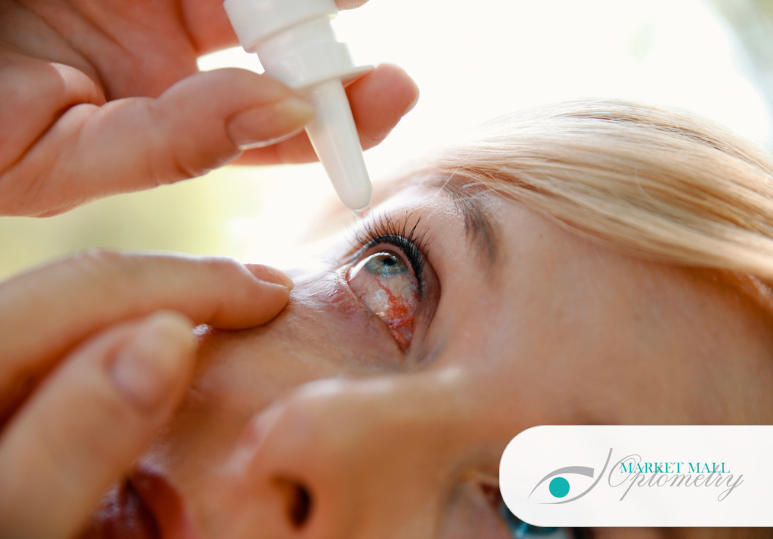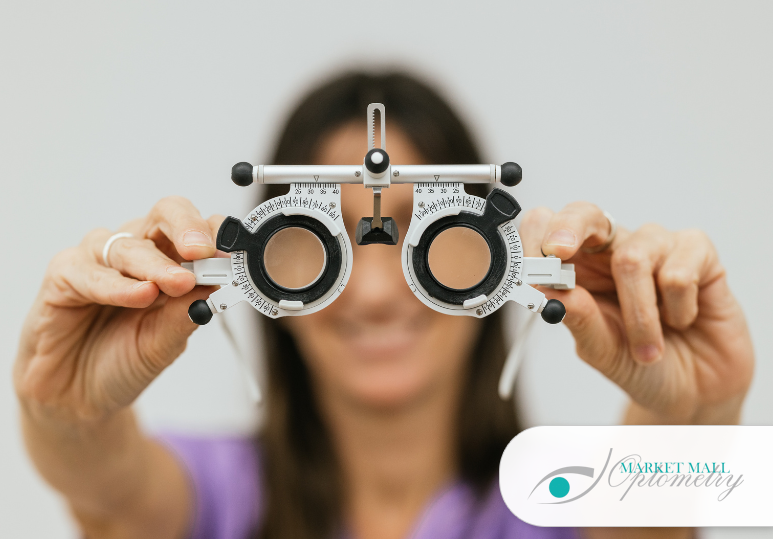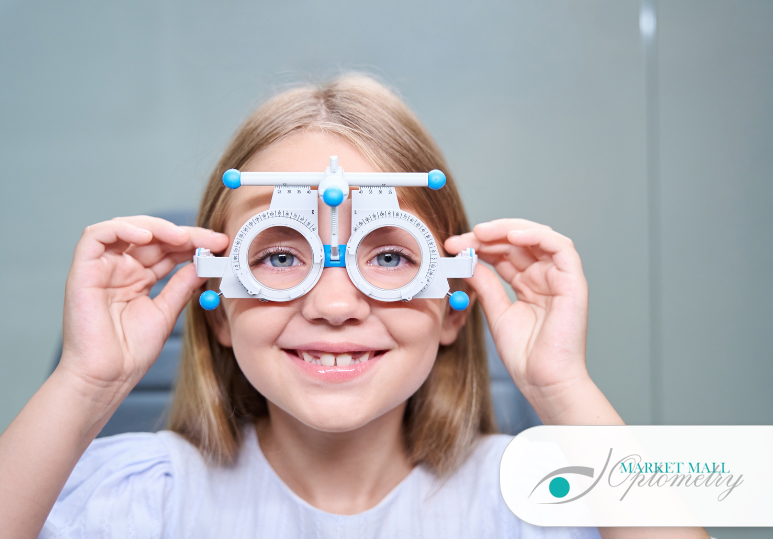Vision and learning go hand in hand. Effective learning in the classroom relies heavily on a child’s ability to see the blackboard clearly and read text at close range. This is why so many teachers recommend that parents have their children’s eyes examined before the beginning of each school year. Poor eyesight, or the gradual deterioration of eyesight, can inhibit learning and make it difficult for your child to concentrate and negatively affecting their performance in school.
Some symptoms of vision problems that parents should look for in their children include:
- Headaches
- Difficulty seeing distant objects
- Squinting
- Confusing letters or difficulty reading
- Problems distinguishing colours
- Trouble concentrating
- Tendency to close one eye
- Intermittent or consistent misalignment of the eyes
These symptoms may indicate that your child has hyperopia (farsightedness), myopia (nearsightedness), astigmatism, strabismus or amblyopia (lazy eye). Children can have their vision subjected to tests, which are similar to the tests used for adults. These tests include:
- Visual acuity
This tests your child’s ability to see objects clearly, both far away and up close. This is tested using an eye chart with letters of the alphabet printed on it. If your child does not yet know how to read your optometrist will instead use a chart with images on it. - Stereoscopic vision
This tests your child’s ability to perceive depth and relief (three dimensional vision). There are a number of tests that can be used including the polarized "fly" test, where the patient is asked if they can perceive an image of a fly in three dimensions. - Colour vision
Several tests can be used to test colour vision though the most popular is the Ishihara test, which tests for red-green deficiencies. This test consists of a plate made up of small, different coloured dots that form a number against a background. Individuals are then asked to identify what number is on the plate. Individuals who are colour blind are unable to differentiate the different colours enough to read the number on the plate. - Eye health
Your optometrist will determine the healthiness of your child’s eye by examining the structures in the front and back of the eye. They will also test the pupillary reflex, to ensure your child’s eye reacts properly to light.
For more information on eye health, or to book an appointment, call Market Mall Optometry at 403.286.4884 and visit calgaryeyeclinic.com.




